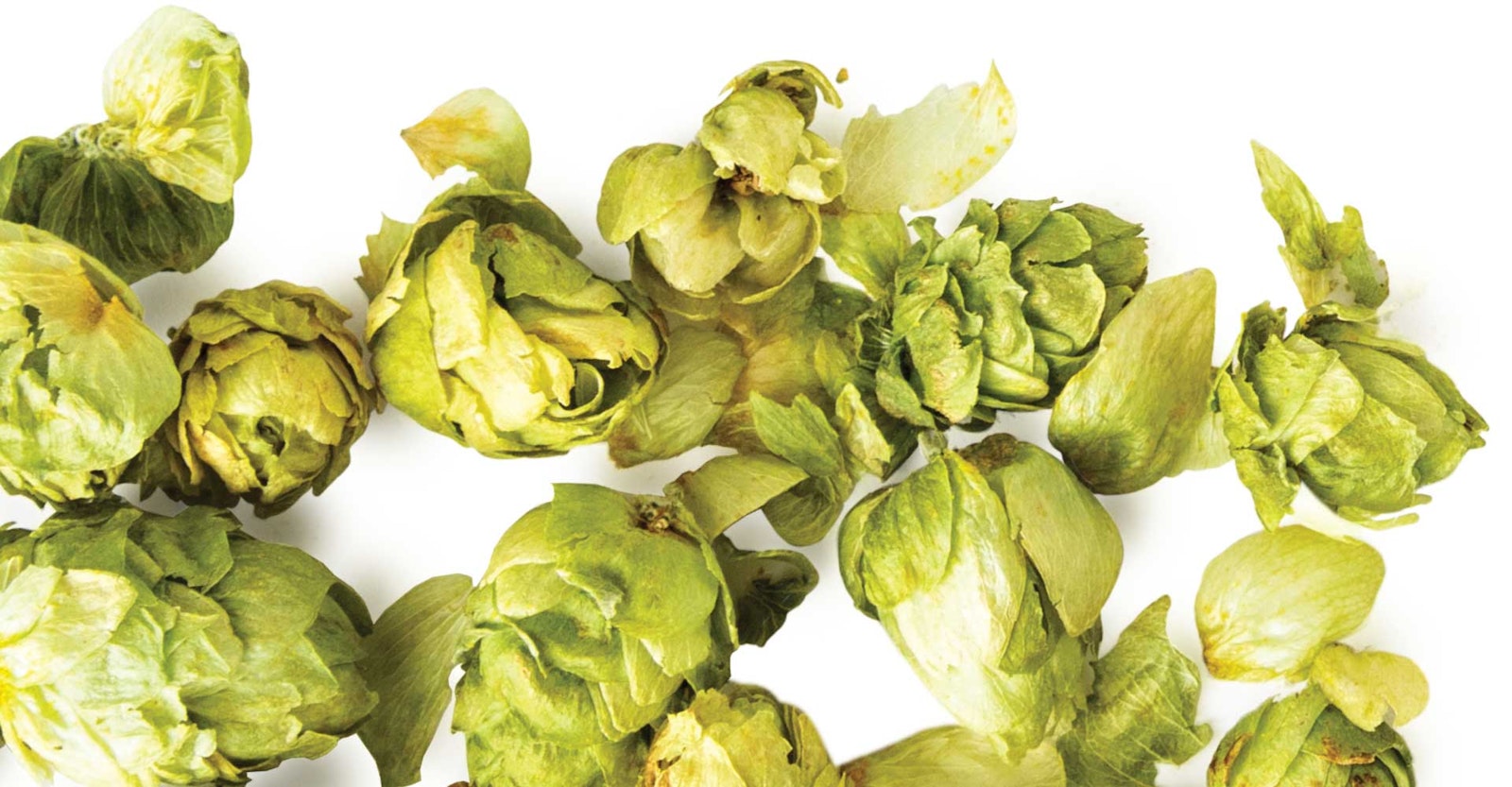In a quest to increase hop presence, brewers have tried a great many things—hops in the mash, before the boil, every minute during the boil, whirlpool hot, whirlpool cool, hops in the primary, hops in the secondary. I suspect we’re just around the corner from offering a tiny hop bouquet to mount on the rim of your glass.
But, hear me out: What if we’ve been pursuing more when we should have been pursuing smart?
An example of being smart: Since I started brewing, there have always been arguments over how to dry hop—how long, how much, how many, and how warm. Despite great variances in amounts and temperatures, the question of “how long” never seemed to veer far from some multiple of weeks—until recently.
My practice was usually to put my dry hops in a sack, chuck them into a keg of IPA, and keep them there until I was done with the keg. (I would usually drink my IPAs within a month.) It’s an easy practice, but looking back, I see that the hop flavors did become muddled.
I was a lazy outlier, but you would always see people referencing one to two weeks, potentially with multiple additions to maximize the hop burst. The growing trend of dry hopping during active fermentation—to get biotransformation—is one way that’s changed. Another way is informed by studies that have been shared by the likes of Scott Janish, author of The New IPA and cofounder of Sapwood Cellars in Columbia, Maryland. These studies show an improved character (both in extraction and in quality) with short dry-hop times at cold temperatures.
The practice, which has now become my default, is to dry hop at almost lager-like temperatures—I’ve been using 38–39°F (3–4°C)—for just two days. I know, it seems bewilderingly wrong—so short, and so ice-cold. How can we get hop character from that?
What the science appears to show, and what my experience so far backs up, is that the process maximizes the extraction of the good stuff—the fragrant stuff such as linalool, in particular—while minimizing the extraction of “green” notes, such as the leafy vegetal and tannin flavors that we could experience in a keg of my old IPA. In other words: By avoiding the flavor of hop-tea, your organoleptic sensations are driven by the stuff you want to experience, not by the mud.
I’ve tried this process with several IPAs and a cream ale, and with several different hops, such pineapple-forward Michigan-grown Chinook, Galaxy, and Mosaic. The difference has been astounding, with a brighter and cleaner hop flavor. Now I’m just dialing in how much and which varieties to use to really make my IPAs sing.
And hey, would you look at that benefit: faster IPA!

